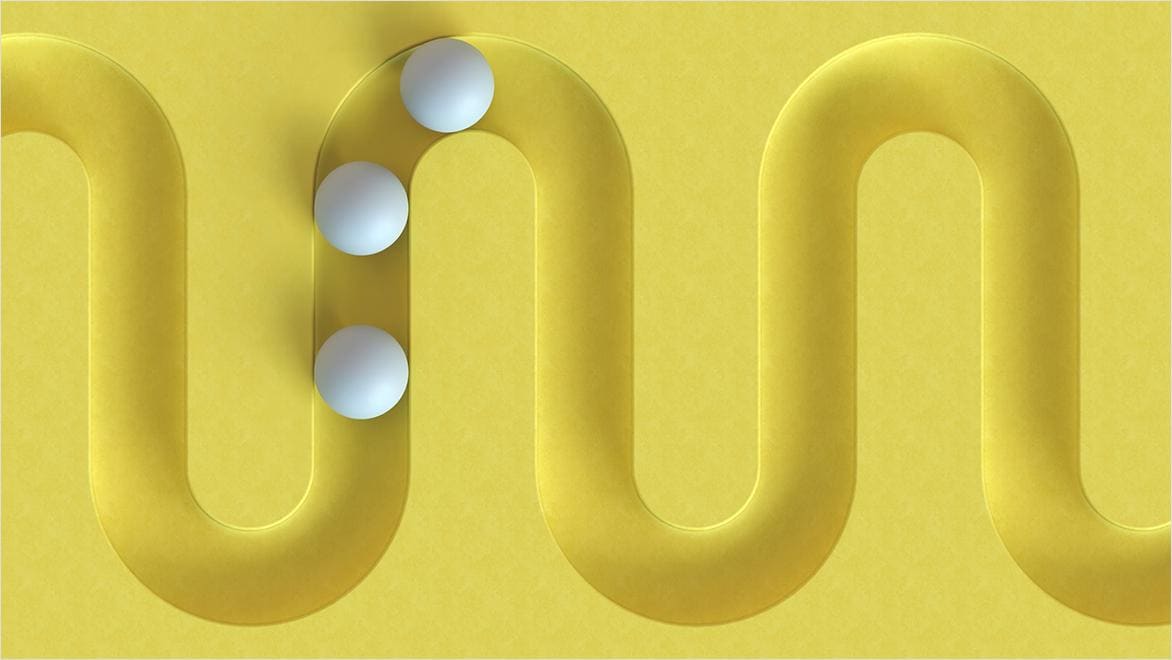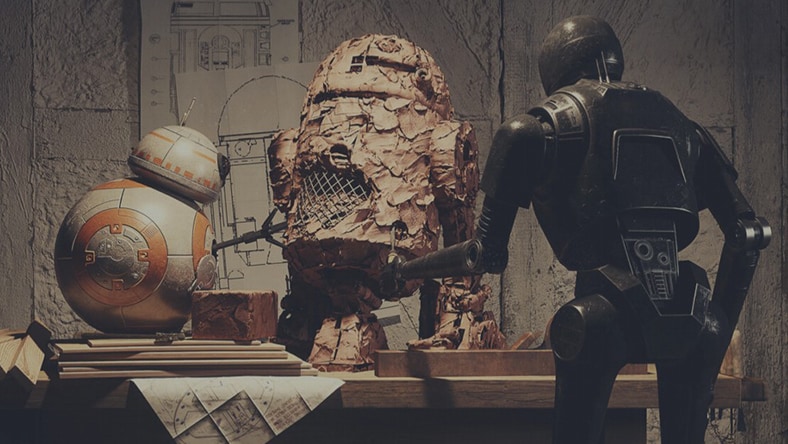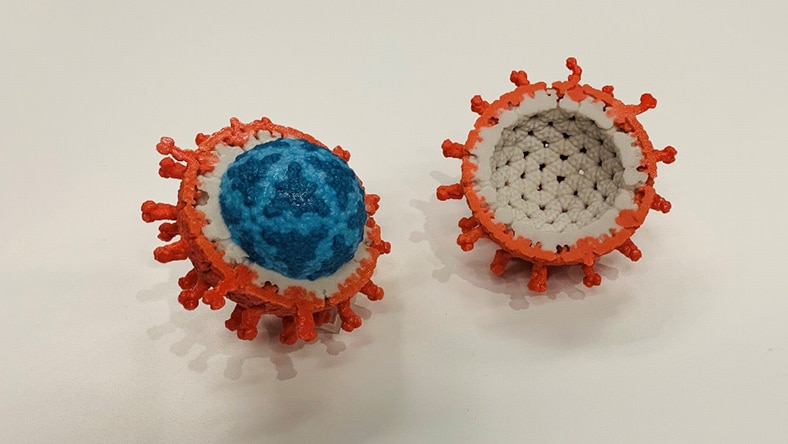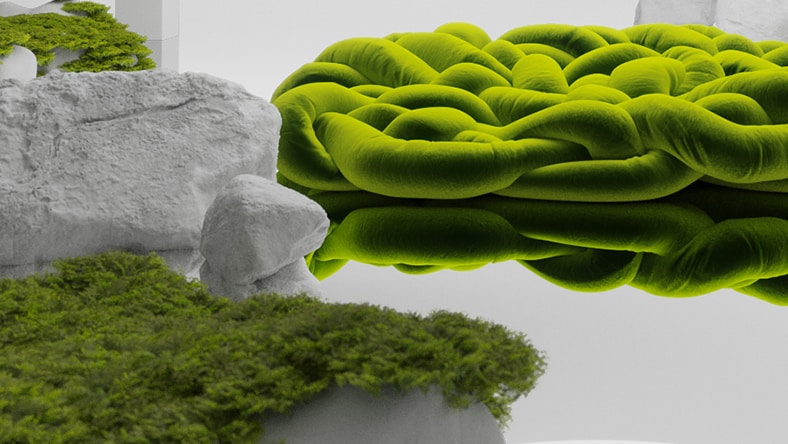& Construction

Integrated BIM tools, including Revit, AutoCAD, and Civil 3D
& Manufacturing

Professional CAD/CAM tools built on Inventor and AutoCAD
Motion graphics, sometimes known as motion design, is basically animated graphic design. It takes design elements such as shapes, text, and images and puts them in motion, often to help visually portray a set of information, such as animating an infographic.
Moviegoers encountered the earliest forays into animated motion graphics in the 1950s when film studios employed graphic designers to create moving title sequences to set the tone for a movie. These designers reflected the mood and attitude of the film with the illustrations, pacing, sounds, colors, and fonts they chose for their title sequences. In the intervening decades, motion graphics has grown by leaps and bounds, not only in popularity among visual media industries but also in terms of technology.
Regardless of the industry or the visual medium, anyone who wants to outline a group of factual points or concepts could benefit from the simple but powerful communication of motion graphics. As an alternative to full-blown animation that usually tells a narrative story, motion graphics are usually easier and less expensive to produce.
Visual artists use motion graphics software of immense sophistication to create moving visuals for a variety of purposes:
The original motion graphics experience is alive and stronger than ever today, with not only movies but also, most significantly, TV series creating their title sequences with 3D motion graphics. Famous opening sequences in recent TV series include Stranger Things, Game of Thrones, and Westworld.
Because animation and motion graphics work well to illustrate hard-to-understand ideas or data-heavy facts, many broadcast media such as news organizations use them to present charts, graphs, maps, and other concepts, as well as for their on-air branding.
Companies and agencies can create more engaging, impressive, and entertaining advertising materials with the inclusion of 3D motion graphics. For example, product videos and explainer videos can be more fun and memorable with the addition of animated graphics, and that option often costs less than producing full-character animation.
Web designers have become more adept at incorporating animated motion graphics into their user interfaces to improve usability and user experience.
Whether it’s a restaurant menu or a store bulletin board, more and more retail signage appears on flat-screen displays. With that change, motion graphics have also become a big factor in on-site retail messaging.
Do-it-yourself motion graphics—from online software templates to simple apps that combine music, text, imagery, and motion—are popular with viral meme-makers and social media influencers.
In the early days of motion graphics, animations of text or images had to be done by hand. This was a time-consuming process with many limitations. The advent of the computer age and motion graphics software meant that much of the animating could be automated, leaving motion graphics designers with more time to be creative with their animated graphics. It also made it possible to create 3D motion graphics and a range of previously impossible effects.
More dimensions aren’t always best for your project, and there is a time and a place for both 2D and 3D motion graphics. 2D animations can be an effective way to convey complex information, and they can also be quicker to assemble than their 3D counterparts. 3D motion graphics, on the other hand, are good for projects with a more realistic and immersive aesthetic. They can be particularly useful when demonstrating products or scenarios to an audience in detail. The budget of any project is also relevant when choosing between the two, with 3D motion graphics generally being more expensive.
It all starts with an idea. Outlining the initial concept for your animated graphics is vital before beginning.
What are you trying to tell people with your motion graphics? How do you want them to feel after watching? The answers to these questions should inform the design and creation of your animated graphics.
To keep people engaged, your animated motion graphics need to be a coherent whole. Decide on a particular tone and style and stick to it.
The real power of motion graphics is the ability to say a lot in a small amount of time, so make sure your saying things concisely. For example, sometimes a simple image can convey meaning faster than a series of words.
High-level concepts can be difficult to convey using only words or static images. Motion graphics can act as visual aids to get across ideas big or small.
Messages enhanced with animation and motion graphics are often more engaging, entertaining, and appealing to a wide audience.
Motion design can bring to life important data presented in charts, tables, or graphs.
Motion graphics can add depth to a message or story. Combining them with music and text or spoken copy, you can create an entire advertisement, music video, tutorial, and more.
Mix business with pleasure using animated motion graphics to make product, training, and other videos more fun and engaging—often at a lower cost than full animation.
Scale your studio’s rendering and simulation capabilities, while equipping artists with powerful modeling and animation tools
ALT/SHIFT
This German specialty creative studio brings the visions of architectural, interior design, and other clients to life as 2D and 3D designs, using motion graphics software such as Autodesk 3ds Max.
Image courtesy of ALT/SHIFT
Centers for Disease Control and Prevention
A five-person medical illustration team uses Autodesk software and other tools to convey health information for the CDC through 3D designs, animation, and motion graphics.
Image courtesy of the CDC
jformento
Brazil-born Jon Formento heads his own 3D visual studio, where, with the help of Autodesk Maya and 3ds Max, he creates 3D motion graphics and product and architectural visualization for high-profile clients.
Image courtesy of jformento
Check out AREA to find artwork, member spotlights and more from our beloved community of 3D artists in the fields of animation, VFX, 3D motion graphics, and design visualization, where you can post your work and learn from others.
Pro visual artist and content creator Phil Radford runs the MayaGuy YouTube channel, where he covers 3D animation, compositing, motion design, simulations, digital mattes, and other aspects of Autodesk Maya and Bifrost.
Learn all about creating and editing different motion types with the Motion Graphics Toolset and other features of Autodesk Maya in this five-part video series.
3D motion graphics are like other motion graphics in that they take different graphic design elements and set them in motion to illustrate a point or convey a message. Specifically, 3D motion graphics differ from more common 2D motion graphics, which create motion from flat design elements on an x-y plane. Certain motion graphics software also enables motion graphics using 3D models that move on a 3D grid. Like popular 3D animated movies, 3D motion graphics exude a stronger sense of depth from their movements.
The difference between 2D and 3D motion graphics is the type of graphical elements used in the work—and may also relate to which software was used to create it. Motion graphics essentially animate graphic design elements like text, shapes, and images. These are often 2D visuals, so most video-editing software includes 2D motion graphics capability. Software for higher-end graphics and animation, such as Autodesk Maya, includes both 2D and 3D motion graphic capabilities. With 3D motion graphics, graphical elements exist on a 3D grid and give the end result a look of greater depth.
The difference between animation and motion graphics is that motion graphics is a specific, limited type of animation. The term animation can describe any visual medium that makes still images or objects move, including hand-drawn cartoons, stop-motion animation, 3D CGI animation, and animated motion graphics.
Although motion graphics technically is animation, the term usually refers to animated graphic design, the technique of setting graphic design elements to motion. Meanwhile, the term animation more often refers to a cinematic storytelling work that includes characters and a narrative.
Motion graphics design is not the same as video editing, but video editors often work with motion graphics. Designing great motion graphics is a skill and art form in its own right and could easily be a full-time job in which the creator works only with 2D and 3D graphic components.
A video editor usually makes a pastiche of filmed video, music, vocal audio tracks, special effects, and motion graphics. A video motion graphics artist may also tie together music and spoken audio with moving graphic elements, but the discipline is not as all-encompassing as video editing.
To make motion graphics you need several things—the right software, the right skills and training, and an idea. A related college degree can help, but there are also plenty of online resources where you can learn for free. Most importantly you need to learn how to use motion graphics software such as Maya and 3ds Max, which have a wide variety of features to bring text and graphics to life.
Motion graphics animation is a subset of animation that is generally used to convey information, persuade, or make a point. Motion graphics animations tend to be relatively short and punchy, in contrast to an animated film.
The first step in creating a motion graphic video is to come up with an idea—what are you trying to convey to the audience, and what is a catchy, appealing way to do it? You can then flesh out a script that covers everything textually, and from there create a storyboard that sets out the visual composition of the idea. Once you’ve done this you can create the graphics themselves, and finally animate your motion graphics video using software like Maya.
Motion graphic design is the process of creating and animating visual elements. Like graphic design, it involves a combination of creativity, artistic skill, and technical know-how.
Motion graphics are used for many different things, including film and television credits, TV and digital advertising, music videos, infographics, title cards, and more.







